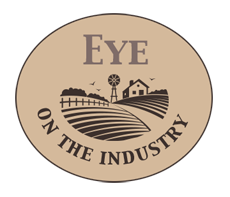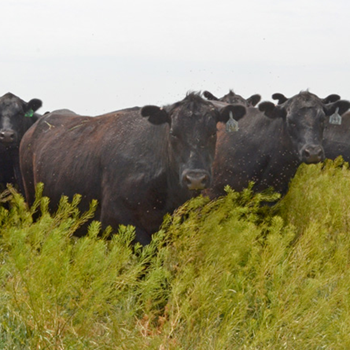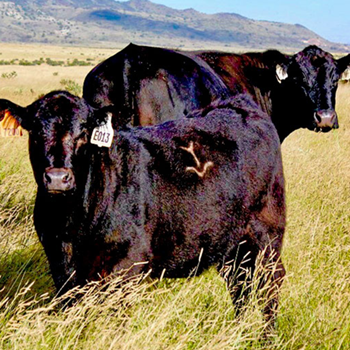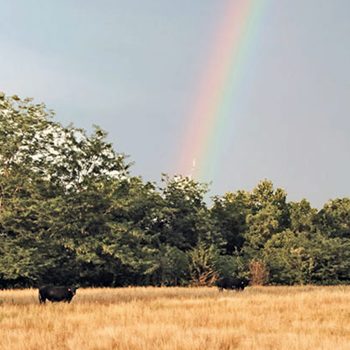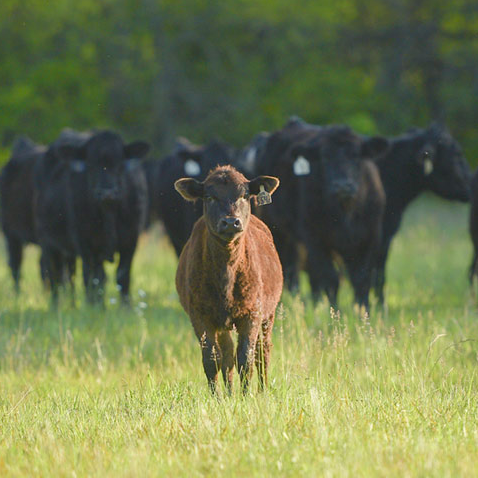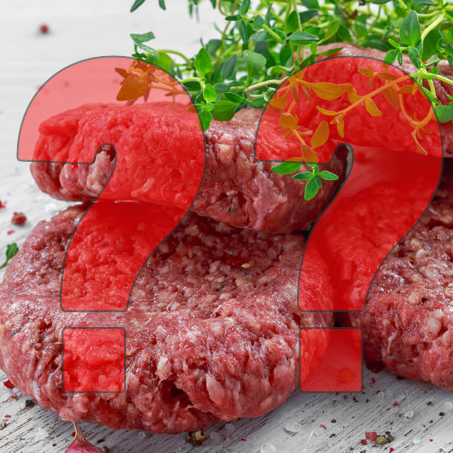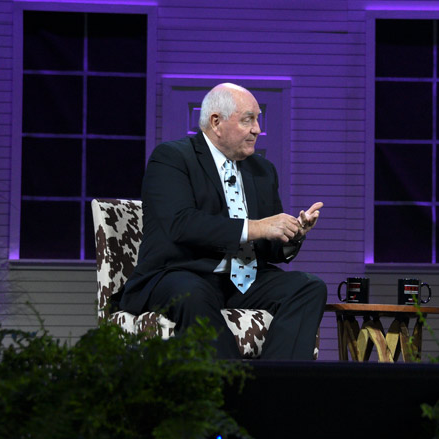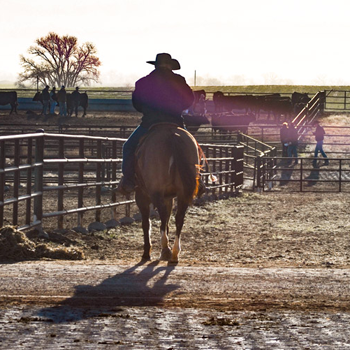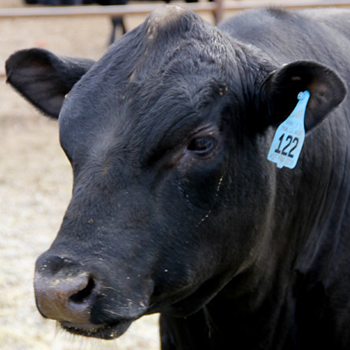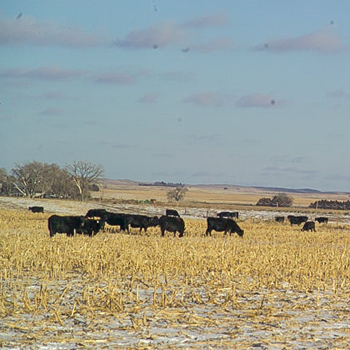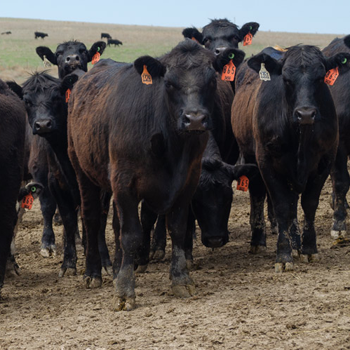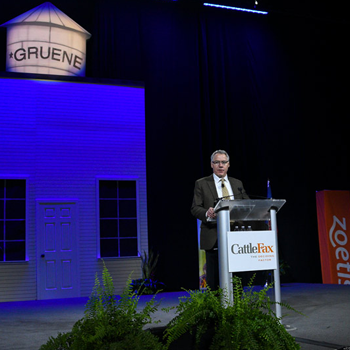
Milking in Mind
Consider dietary changes needed for early-lactation beef cows.
Beef cow owners have known for years that body condition at calving time is a critical determinant in the rebreeding performance of the cows during the next breeding season. Another key factor that affects return to estrus and rebreeding is the maintenance or loss of body condition after calving and before breeding. Cows losing body condition after calving and before the breeding season will be slower to cycle and will rebreed at a lower rate. Therefore, it is necessary that the cow manager understand the change in nutrient requirements of beef cows as they change from gestating cows to early-lactation cows.
Using an example of a 1,200-pound (lb.) cow in late gestation, one can examine the nutrient increases as she delivers the calf and starts to lactate. Look in the Oklahoma State University Extension Circular E-974 Nutrient Requirements for Beef Cattle. A 1,200-lb., late-gestation cow requires 1.9 lb. of crude protein (CP) daily and 12.9 lb. of total digestible nutrients (TDN). She can consume voluntarily 24 lb. of dry matter per day. The same cow after calving will weigh at least 100 lb. less (birth weight of calf, placenta and fluid loss).
An 1,100-lb. cow in early lactation requires 2.9 lb. of protein each day. That is a 52% increase in protein needs. Her energy requirements go up substantially as well. She needs 16.8 lb. of TDN each day if she is an average-milking beef cow. This represents a 30% increase in energy intake per day. Her daily dry-matter intake also increases from 24 lb. to 29 lb., but this represents only a 20% increase. If the 30% CP supplement being consumed is increased by 3.3 lb., the protein requirement is met and most of the additional energy needs are fulfilled. Her voluntary increase of 2 lb. of hay per day should make up the remaining gap.
As we examine this example, it is very clear that the cow will voluntarily consume a small increase in dry matter. However, her needs in protein and energy both increase in larger percentages. Therefore, an increase in both diet quality and quantity is necessary after calving to ensure that body condition is maintained into and through the breeding season.
Editor’s note: This article is reprinted with permission from the Feb. 24 Cow-Calf Corner, a newsletter published by the Oklahoma Cooperative Extension Service, for which Glenn Selk is an emeritus extension animal scientist. Photo by Alexis Vandeberghe, 2019 NJAA/ Angus Journal Photography Contest.
